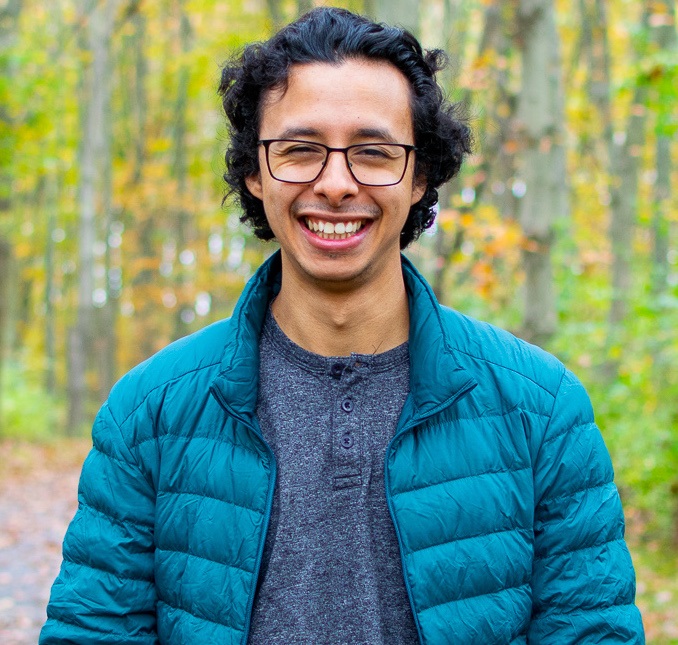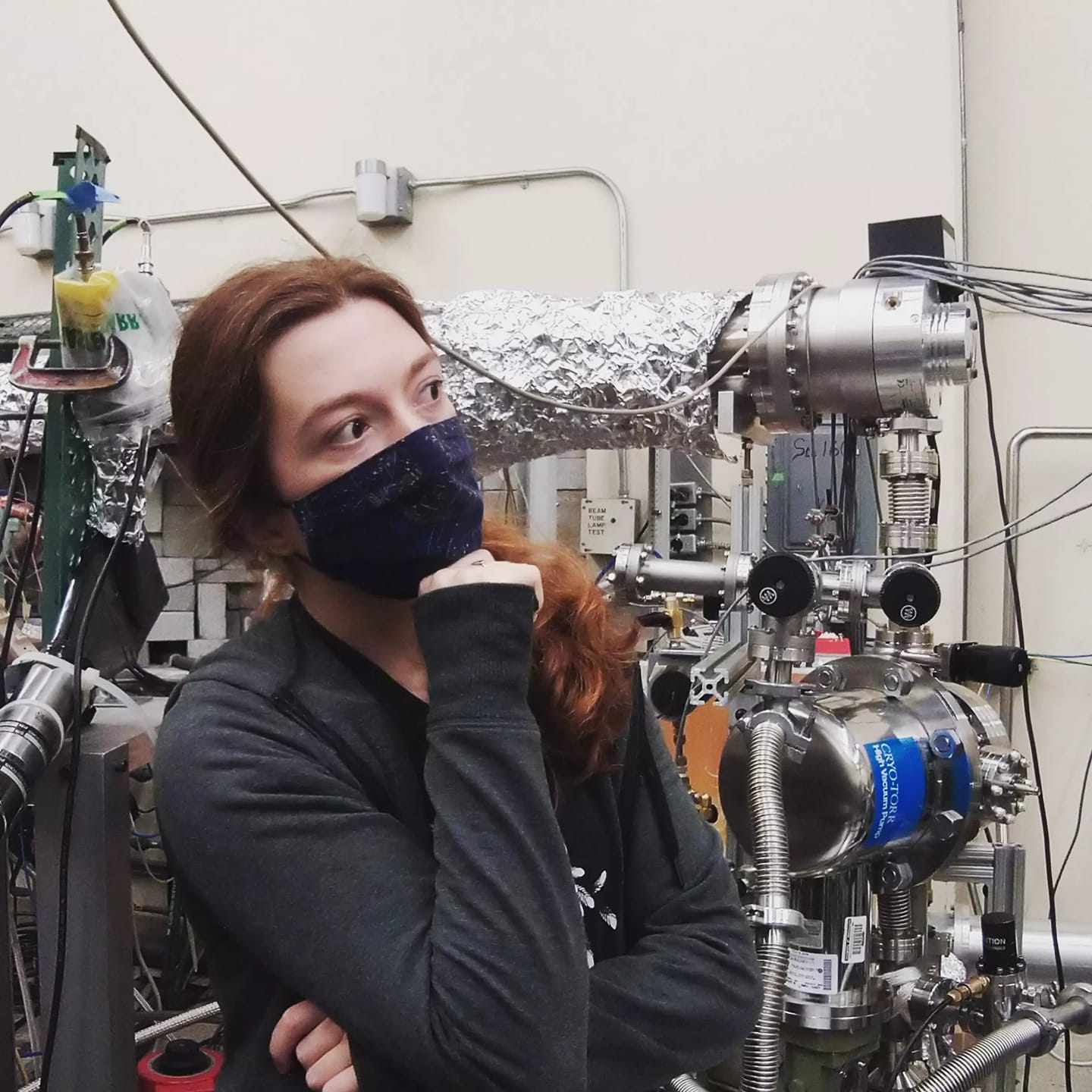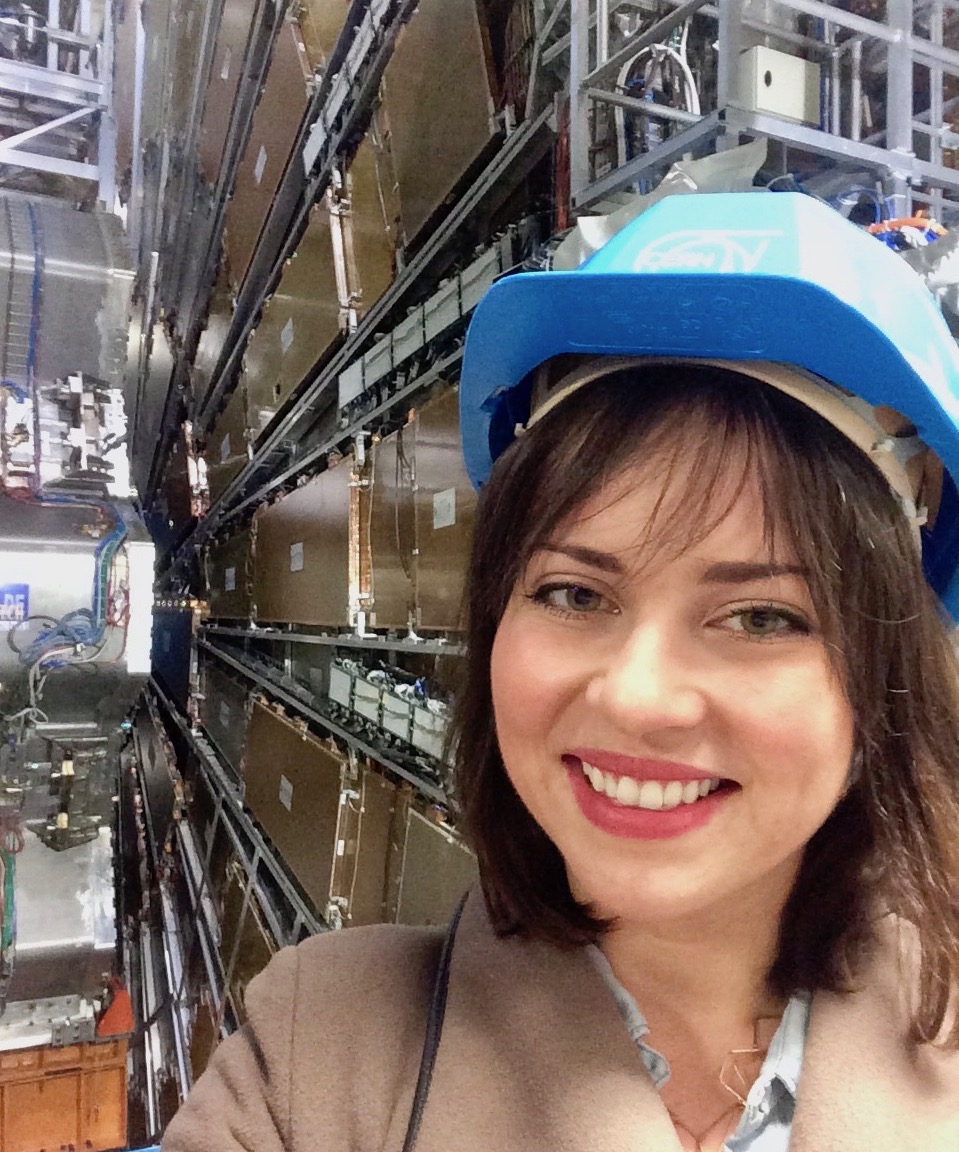Physics Slam
One Night Only: Thursday July 21 7:30-8:30pm.
Pre-slam event: Particle Physics in the Virtual Reality World!
 |
At 5pm, before the physics slam , we will host a Virtual Reality (VR) demo session! You will be able explore elementary particles in the VR world and manipulate them with controllers. There will be several VR headsets running at the same time and other people will follow their adventures in the VR world with the monitors. The demo will be on the UW campus in the Kane Hall building Room 225 (Walker Ames). |
Slam
Watch as four Physicists compete to give the most entertaining explanation of some of the most exciting issues in physics today. They have only ten minutes each to reveal to you the fundamental secrets of the universe. You, the audience, will decide which slammer has told you the best story and will go home with the top prize.
This event is open to the general public and targeted at a science-interested audience at the high school level and above. Seating is limited, please RSVP here.
Want a taste of the slam? Check out previous physics slams at UW!
Slammer Bios:
| Jorge Torres is a postdoctoral researcher in Wright Lab at Yale University. He received his PhD from The Ohio State University, where he worked for the Askaryan Radio Array Experiment, aimed at observing neutrinos produced in the Universe with ultra-high energies. Jorge’s current research at Yale focuses on studying neutrinoless double beta decay, an extremely rare process that can help us understand the nature of neutrinos, with the CUORE experiment, and its successor CUPID. |  |
|
| Heather Harrington is a PhD student at the University of Washington. She received her BS from Yale University where she worked on the Mu2e experiment at Fermilab and the AEgIS experiment at CERN. For her PhD, she is working with Alejandro Garcia at the Center for Experimental Nuclear Physics and Astrophysics searching for chirality-flipping tensor currents in the weak interaction by using Cyclotron Radiation Emission Spectroscopy (CRES) to observe nuclear beta decays with high-accuracy. Her research interests include novel tests of fundamental symmetries, CP violation, detector physics, and instrumentation. |  |
|
| Noah Bray-Ali grew up in Los Angeles where he found the rate at which a ball falls to one per cent precision using a big bronze ball swinging from a long wire just like the one under the dome of the auditorium wing of the physics/astronomy building at the University of Washington. Last year he predicted the mass of a fundamental particle that may make up 84 per cent of the matter in the observable universe with a similar level of precision using symmetry and cosmology. Bray-Ali lives in Los Angeles where he teaches and runs the physics lab at Mount Saint Mary's University. |  |
|
| Julia Gonski is a high energy experimental physicist, searching for new fundamental particles using the Large Hadron Collider at CERN in Geneva, Switzerland. Her work is split between data analysis, where she focuses on the application of novel machine learning methods such as anomaly detection to enhance our discovery potential, and detector development, namely upgrading the readout electronics for the liquid argon calorimeter of the ATLAS experiment. Outside of physics, she enjoys mixed martial arts, skiing, and struggling to learn French. |  |